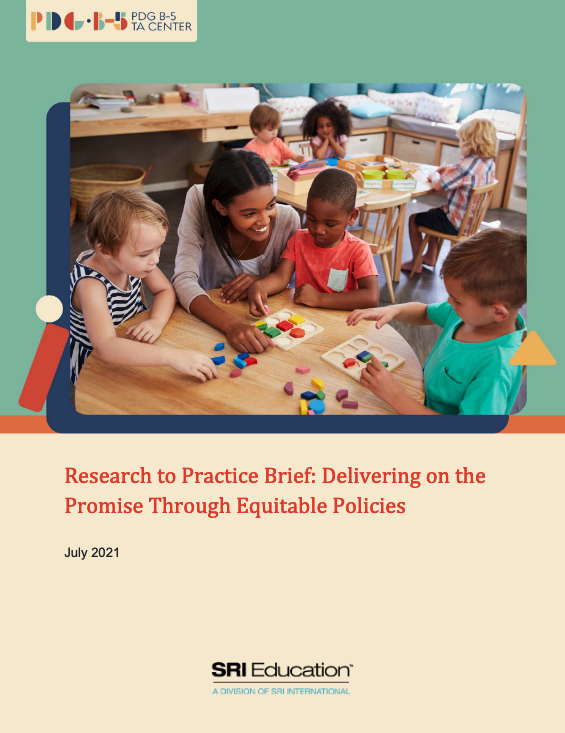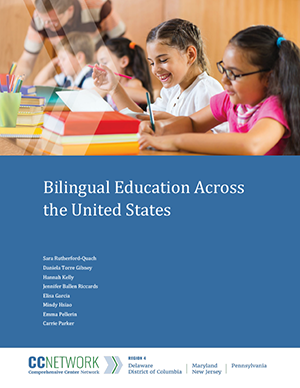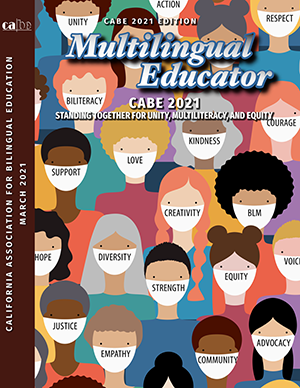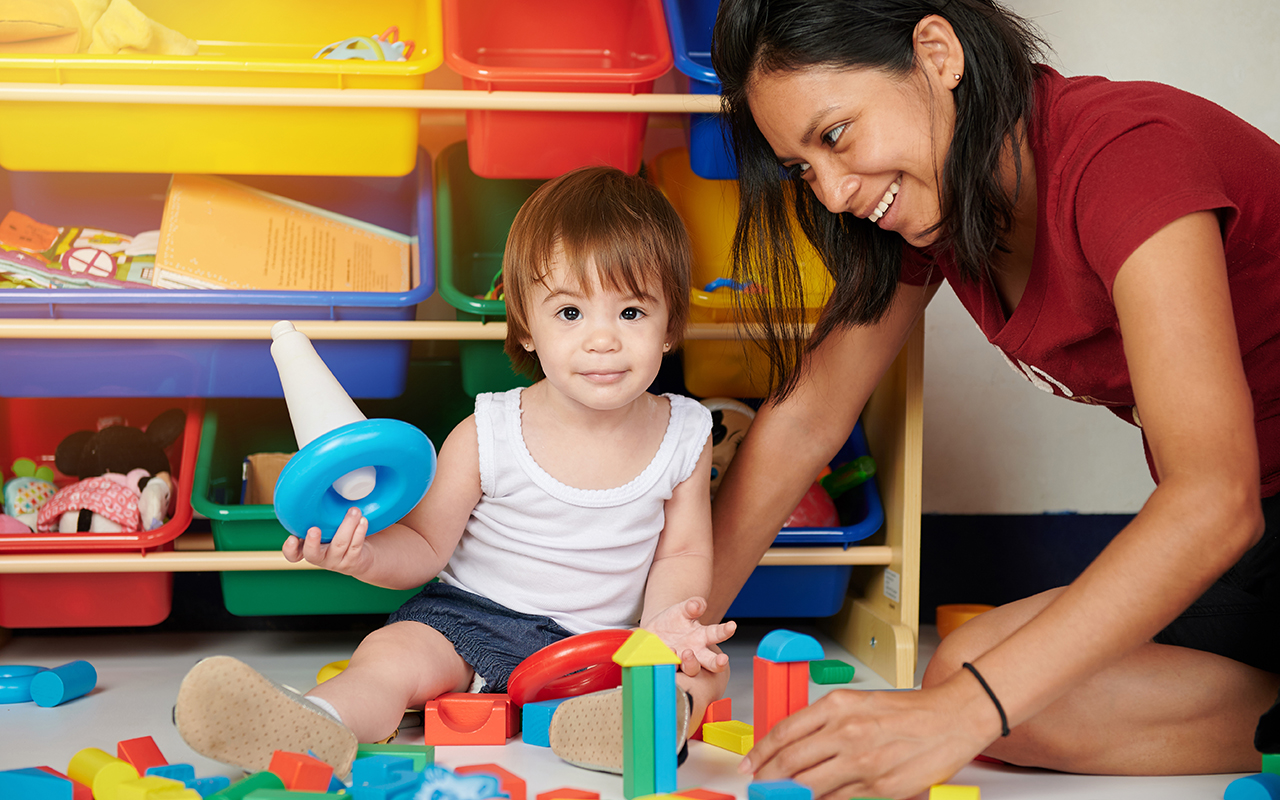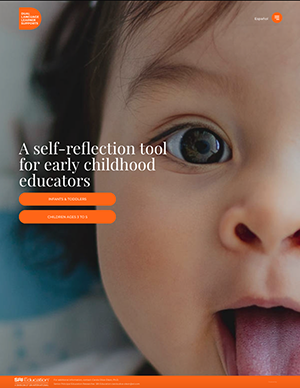The language we use affects the way we perceive our world. Language can help create new understandings and expand our view of what exists and what is possible, and it also can limit our understanding. The terms we use to describe students who speak two or more languages or speak a language other than English at home, for example, impacts how we envision and develop programs and policies for those students.
The project provides Professional Learning Communities to early childhood providers focused on the integration of POLL strategies into Educare’s social-emotional supports for teacher practice efforts and Dual Language Coordinated Approach for Program and Classroom Practice Toolkit. Project Leaders: Maricela Morales Funder: Educare Years: 2020-2021
The First 5 Dual Language Expansion Pilot project delivers early childcare provider professional development sessions to strengthen instructional strategies and community and family engagement sessions to provide strategies to support DLL children’s learning and development. The overarching focus of the DLL Pilot is to address cultural and linguistic responsiveness in family engagement, PD, and instructional … Continue reading First 5 Dual Language Expansion Pilot Calaveras
This brief focuses on current research trends and implications for racial and ethnic disparities related to early childhood. It highlights policy choices to reduce disparities and set children and families on more favorable trajectories, contributing to their school success and ability to live happy, fulfilled lives.
In this brief, the authors define some of the key terms in bilingual education and then provide an overview of the different state policies for the provision of bilingual education to English learners. View Resource Citation: Rutherford-Quach, S., Torre Gibney, D., Kelly, H., Ballen Riccards, J., Garcia, E., Hsiao, M., Pellerin, E., & Parker, C. … Continue reading Bilingual Education Across the United States
This article describes the 18-month project focused on teacher preparation courses in higher education to promote practice-based learning while earning transferable upper-division undergraduate academic units. View Resource Citation: Oliva-Olson, C. & Arambula-Gonzales, A. (2021). Effective practice-based coursework for dual language educators: A California equity-minded early childhood approach. California Association for Bilingual Educators, 61-65.
The PDG B-5 TA Center supports PDG B-5 Grantees in building high-quality systems of services and programs for young children and their families, via general assistance to all states and TA tailored to the individual needs of each state grantee. » Learn more Project Leader: Missy Coffey Funder: ACF Years: 2020 – 2022 Related Resource: … Continue reading National Technical Assistance Center for Preschool Development Grants Birth Through Five (PDG B-5 TA)
Resource: Dual Language Learner Supports
The Dual Language Learner Supports tool promotes full implementation of research-based strategies that ensure DLLs at infant, toddler, and preschool levels have full access to and effective participation in the daily learning experiences. Coaches and educators can use the tool to: review instructional practices, identify children’s strengths and, plan for next steps. View Resource Related … Continue reading Dual Language Learner Supports
The project adapted and studied a promising and replicable teacher professional development (PD) intervention, called Collaborative Math (CM), for use in early childhood programs. CM content focused on nine topics emphasized in preschool mathematics, including sets, number sense, counting, number operations, pattern, measurement, data analysis, spatial relationships, and shape. Through several phases of development and … Continue reading Collaborative Math: Creating Sustainable Excellence in Mathematics for Head Start Programs
The Mobile Messaging on Responsive Caregiving Study is evaluating the impact of two messaging programs on responsive caregiving practices and attitudes, knowledge, and confidence among caregivers of 18- to 36-month-old children.


